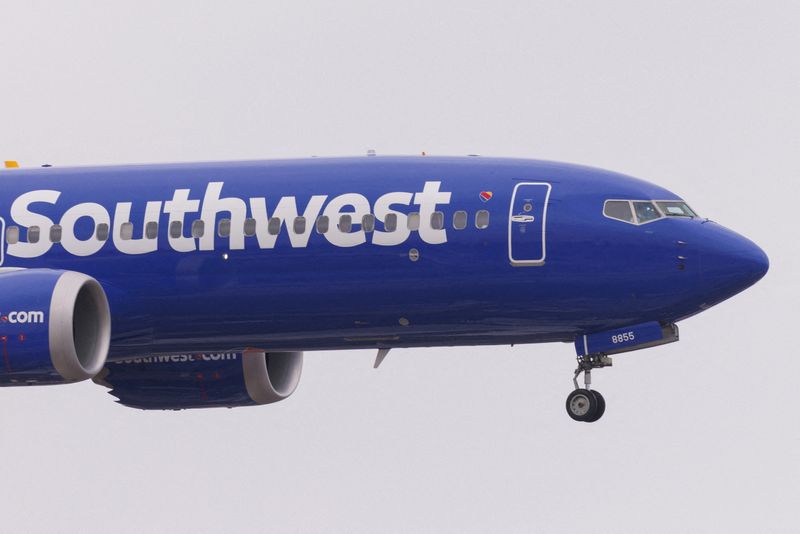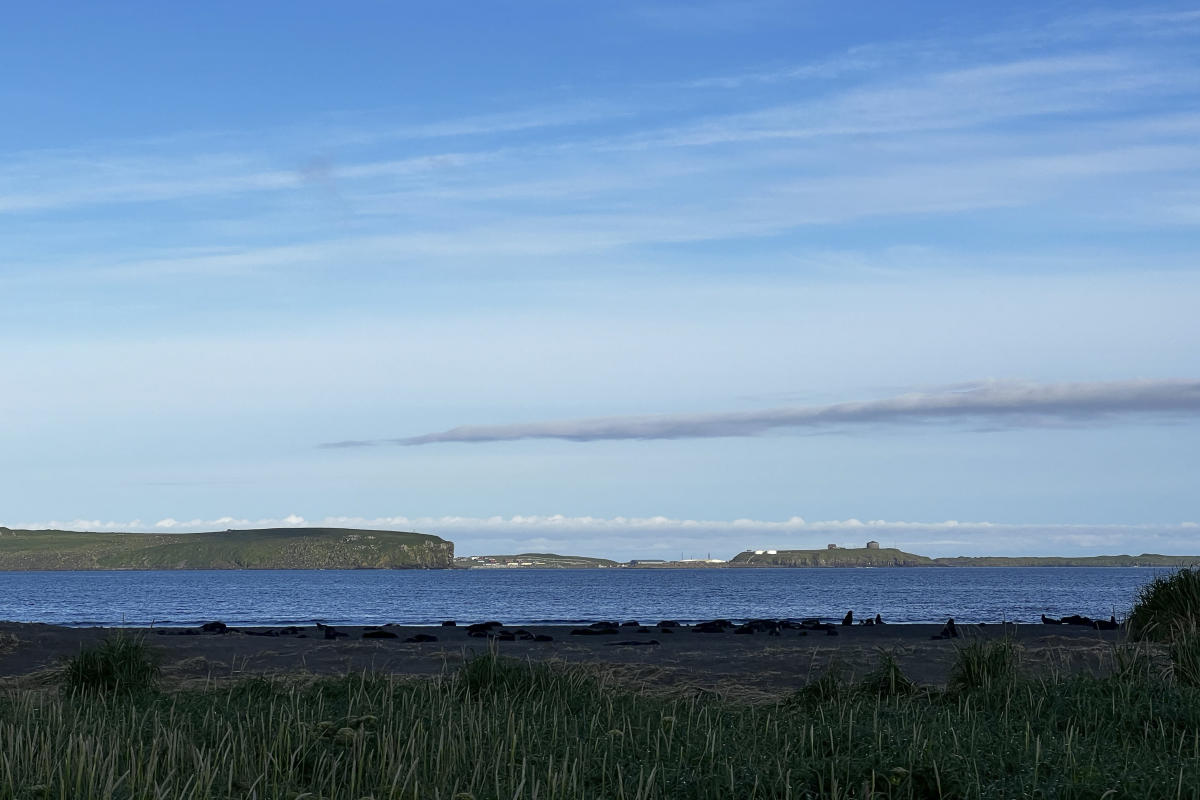A leading government adviser has called on ministers to urgently address low childhood vaccination rates by investing in frontline services after new data revealed an “extremely worrying” decline in uptake.
Professor Sir Andrew Pollard, chair of the UK’s Joint Committee on Vaccination and Immunisation, said the government needed to increase funding, especially for frontline nurses and health visitors with local knowledge.
“The system for mopping up those who find it hard to access vaccination is not currently robust enough,” he told the Financial Times.
“We have to get this right, the future health of our children depends on it, and even their lives.”
The warning comes after data published by NHS England last week showed that uptake of all 14 key childhood vaccinations has fallen over the past year, with no vaccines meeting the World Health Organization’s target of 95 per cent coverage.
The share of children vaccinated against measles, mumps and rubella (MMR) by their second birthday fell to a 14-year-low of 89 per cent in the year ending March 2024.
The UK Health Security Agency last month warned of a back-to-school resurgence of measles after major outbreaks in London, the West Midlands and North West drove infections to the highest levels since 2012.
Pollard said the spread of measles was a “red flashing warning light” that other diseases would soon start spreading without urgent action.
Low vaccination rates are a global problem, with nearly three-quarters of children living in countries where low vaccine coverage is driving measles outbreaks.
Dr Mary Ramsay, UKHSA director for public health programmes, said disruption to healthcare during the Covid-19 pandemic and complacency had caused vaccination rates to drop in England.
“While there is much focus on vaccine hesitancy . . . it is not driving the long-term decline we have seen in uptake,” she said.
“[It] is more likely a combination of some people being complacent about the risk of some diseases, but also about people’s lifestyles and finding time to ensure your child attends their appointment.”
A 2023 survey by UKHSA found that 88 per cent of parents were happy with the safety of vaccines for babies and young children, although rates were lower among ethnic minorities and people from lower social grades.
Pollard said a lack of access was the main reason for the decline, with parents finding it difficult to find available appointments and to travel to GP surgeries, especially if they have to take multiple children on public transport.
He added that some communities were unaware that vaccines are free, while others may have unfounded concerns over their safety.
MMR vaccination rates were lowest in London, which is home to 17 of the 20 areas worst affected by measles outbreaks. Hackney and the City of London had the lowest uptake across all local authorities in England, with coverage of only 68 per cent last year, down from 88 per cent a decade ago.
Dr Gayatri Amirthalingam, UKHSA immunisation deputy director, said London had “an ethnically and socio-economically diverse population and health inequalities persist”.
She added: “The population is also very mobile with many families moving in and out of the city and between boroughs, who may not immediately register with a new GP.”
The NHS launched a new vaccination strategy in December, promising a more flexible appointment system that would make “booking a jab as easy as booking a cab”.
Local health teams will also have more flexibility to offer immunisation services in local venues such as community centres, sport facilities and places of worship.
Steve Russell, NHS national director for vaccinations and screening, said too many children were still not fully vaccinated against preventable diseases such as measles and whooping cough.
The Department of Health and Social Care said the NHS and GP practices send reminders to encourage parents and carers of children not fully vaccinated to come forward, adding it continued to look at ways to further boost vaccine uptake through community pharmacists and health visitors.
































































































































You must be logged in to post a comment Login